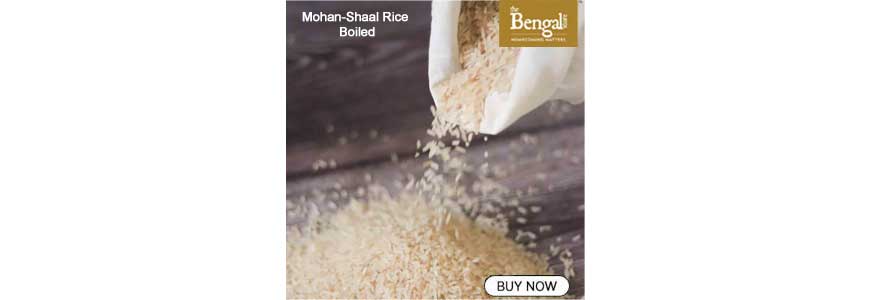“Vintage Voyage” –the new gallery of Birla Industrial and Technological Museum
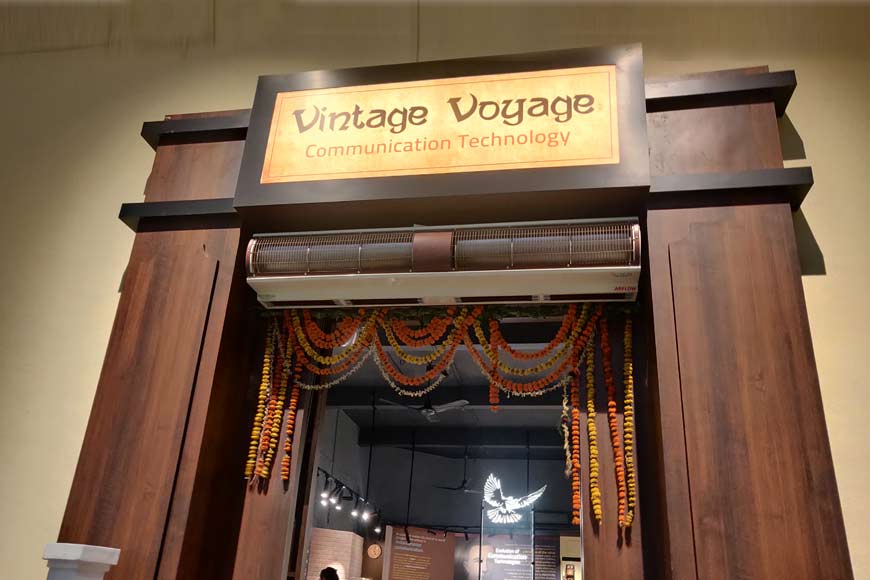
Our ways of communication have come a long way from telegrams to the telegram app, from letters to emails, from postcards to Instagram, from maintaining a diary to updating our thoughts on Twitter, and so on. This change has not occurred in the span of a few years rather it took milestones and the sheer excellence of human brains to achieve what we have today.
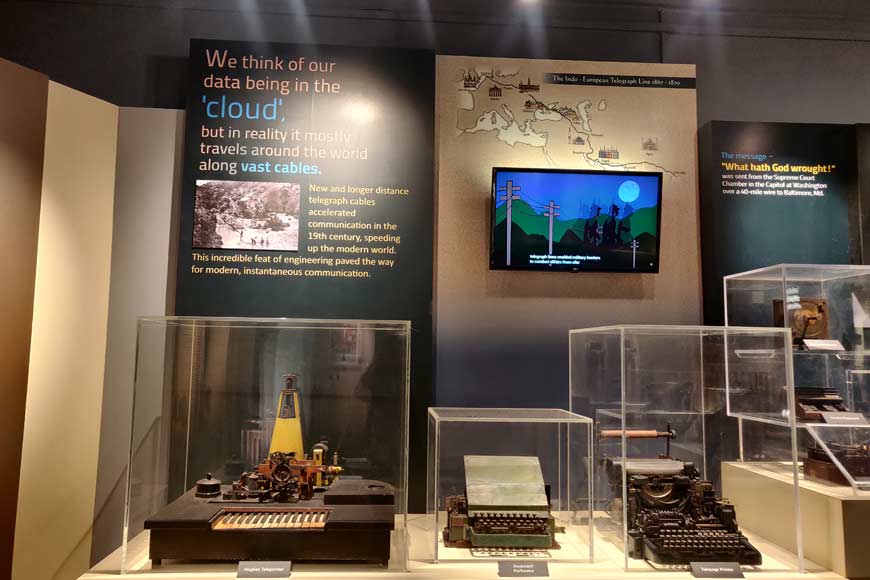
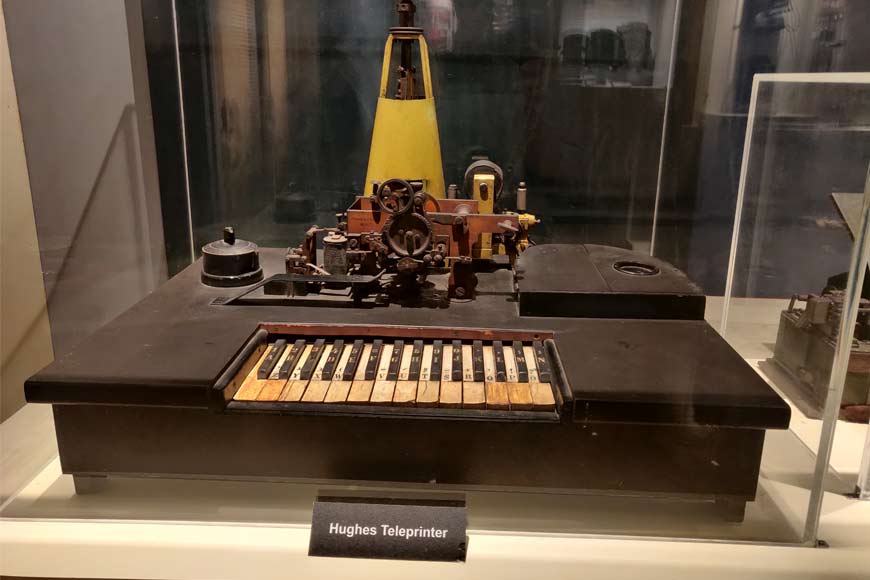
Technology has played a pivotal role in shaping human civilization throughout history. The story of technology spans thousands of years, starting with the earliest tools and innovations of our ancestors. Technology has played a huge role in almost every sector of human civilization and among them, communication is the sector in which technology has had a boom.
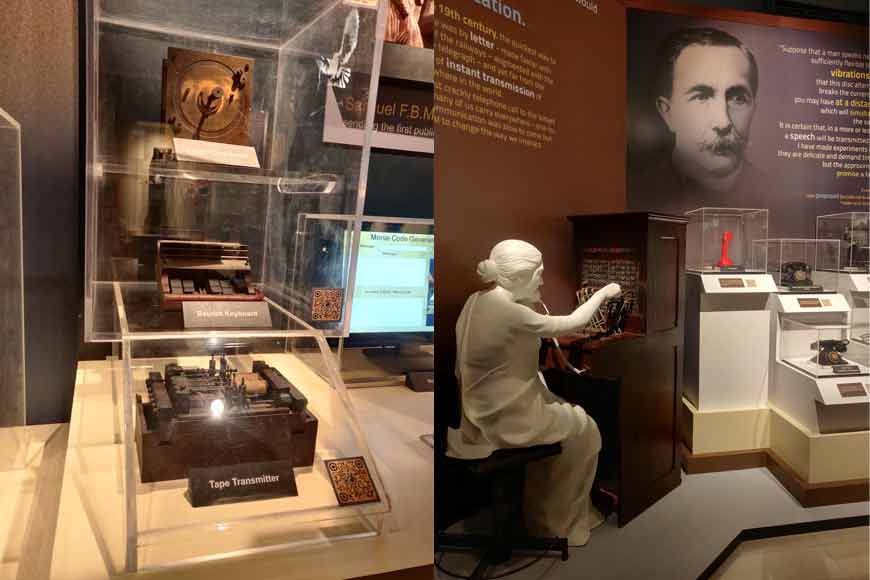
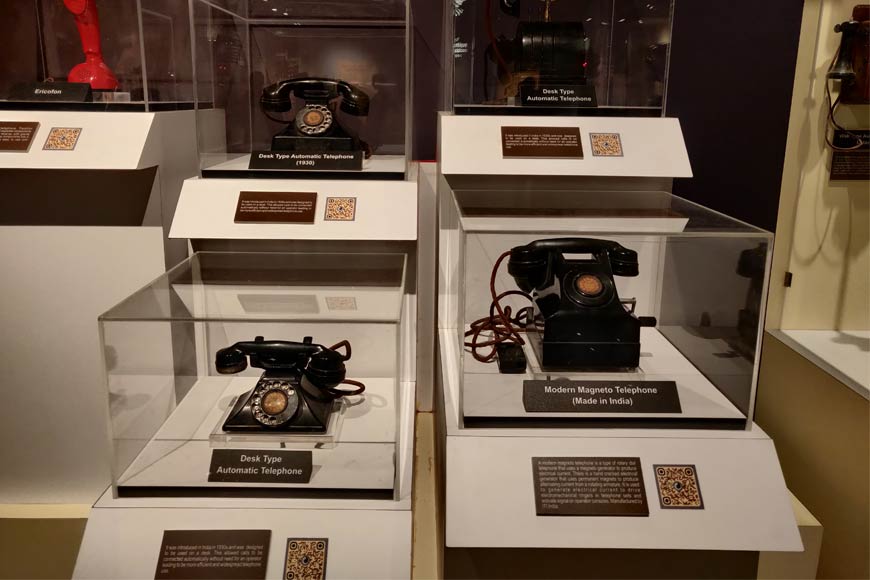
To get an in-depth track of the evolution of communication technology, the Birla Industrial and Technological Museum has launched the latest permanent gallery on Communication Technology, named “Vintage Voyage” on International Museum Day. This new gallery will take you on a journey of technological advancements in communication technology. You can even spot a Morse code reader. To communicate any secret information, people frequently used Morse code, consisting of dots and dashes, which can be used to communicate through specific time limits. An interesting device indeed!
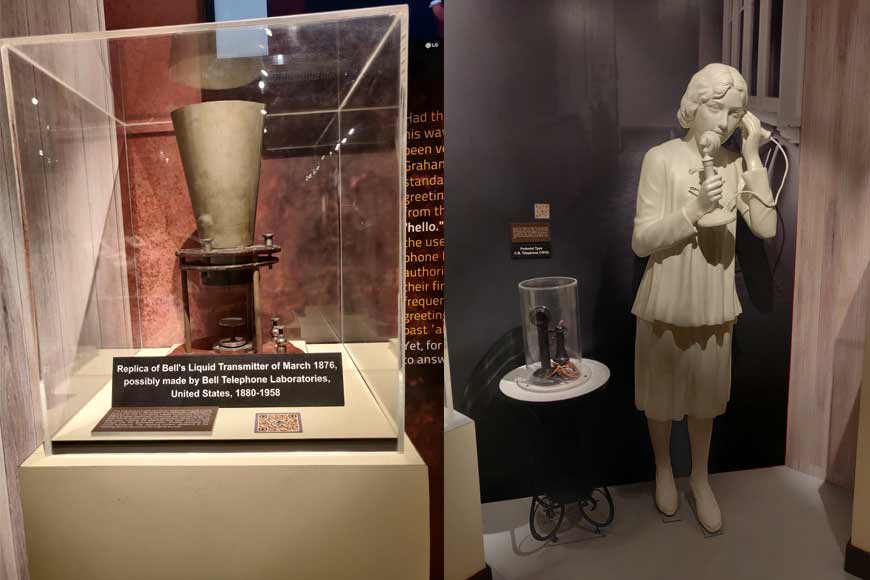
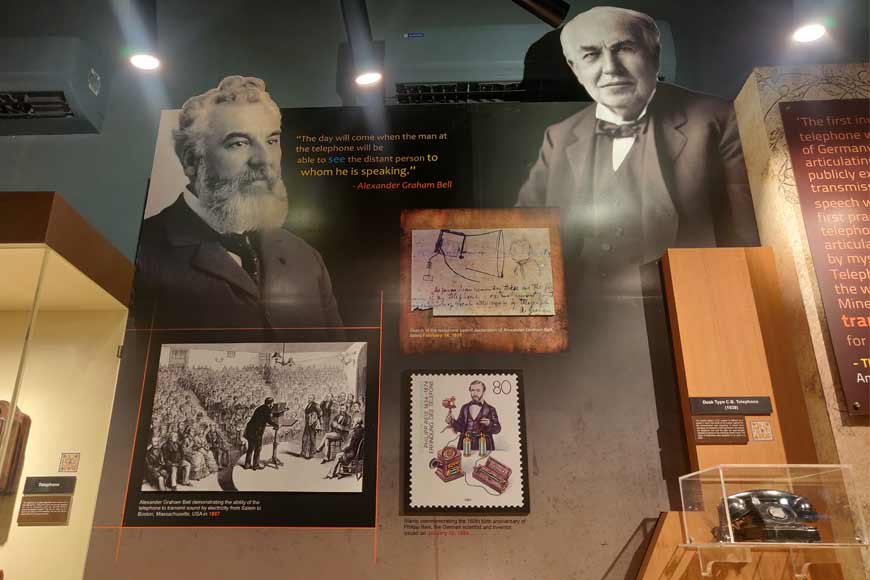
One can find the old radios and get to know how they evolved gradually. The history of radios dates back to the late 19th century. In 1860, James Clerk Maxwell discovered electromagnetic waves. In the 1890s, inventors such as Nikola Tesla and Guglielmo Marconi pioneered wireless telegraphy, which enabled the transmission of telegraph messages without the need for physical wires.
The gallery will also house a model called the ‘Ionosphere Recorder’ that was used by Sisir Kumar Mitra and donated by the University of Calcutta to the BITM. He was one of the few Indian physicists whose name was recommended for a Nobel Prize in Physics. The ionosphere recorder is a remarkable scientific instrument that has contributed significantly to our understanding of the Earth's upper atmosphere. Situated within the broader field of ionospheric research, this device plays a vital role in capturing and analysing data about the ionosphere, a region of the Earth's atmosphere rich in electrically charged particles.
There are other interesting things to explore such as the Optical Telegraphy, Fire Alarm System, the Ericofon, a gramophone in which Rabindranath Tagore’s voice can be heard, the Pedestal type C.B telephone, different types of desk telephones, Hughes Teleprinter, Baudot keyboard and a wide range of things to figure out. It is an interesting and exciting learning experience.
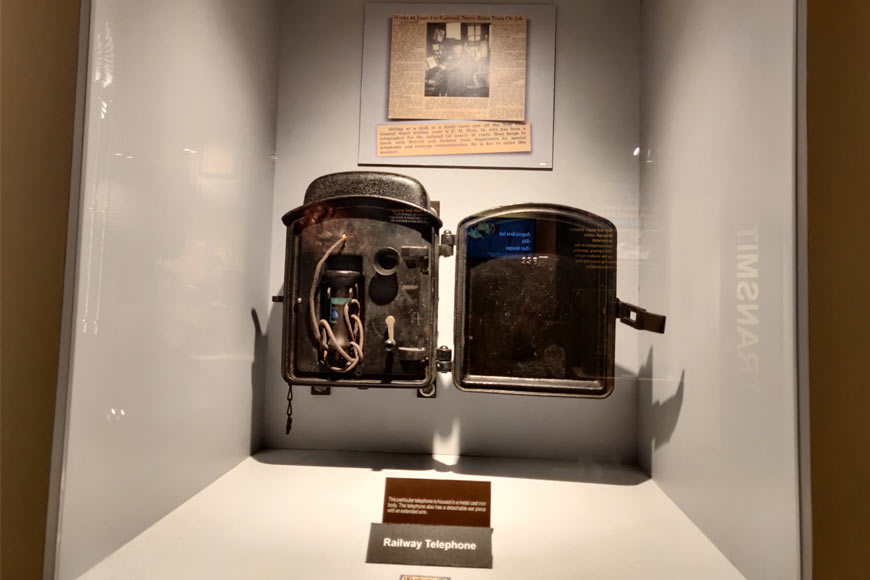
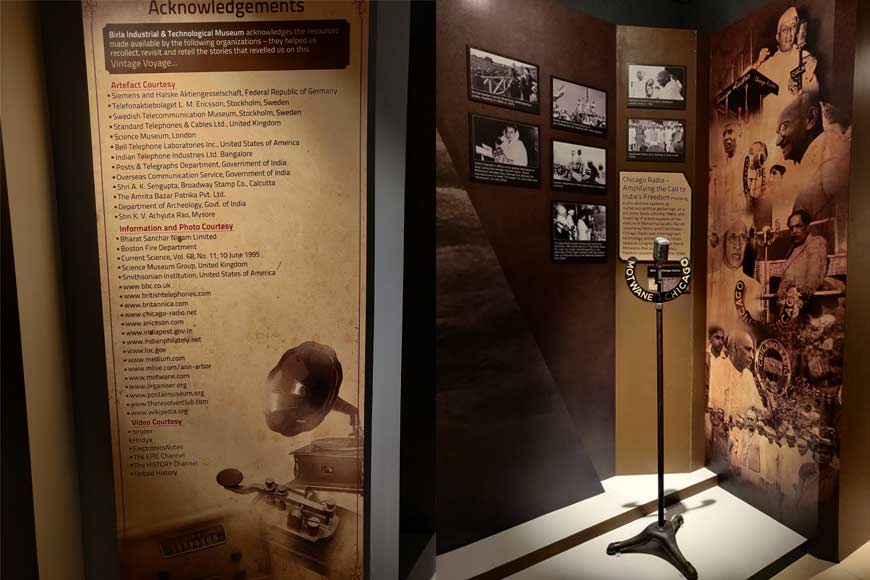
The gallery is divided into four distinct sections – Transmit which showcases Morse Code, Telegraphy and Wall Street crash, and more; Broadcast which talks about wireless communication like radio; Tether - all about instantaneous communication or the telephone; and Swadeshi Connect which highlights the contribution of Indian society in the evolution of communication.
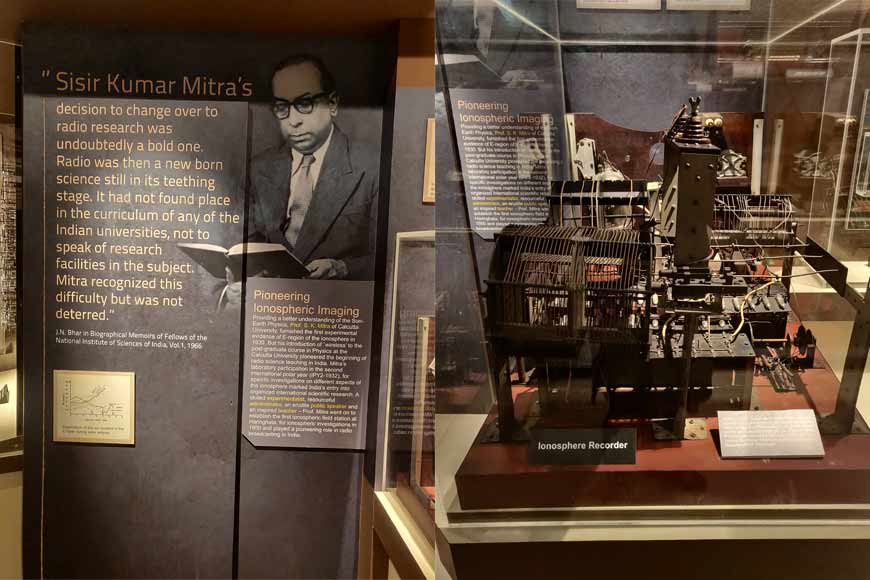
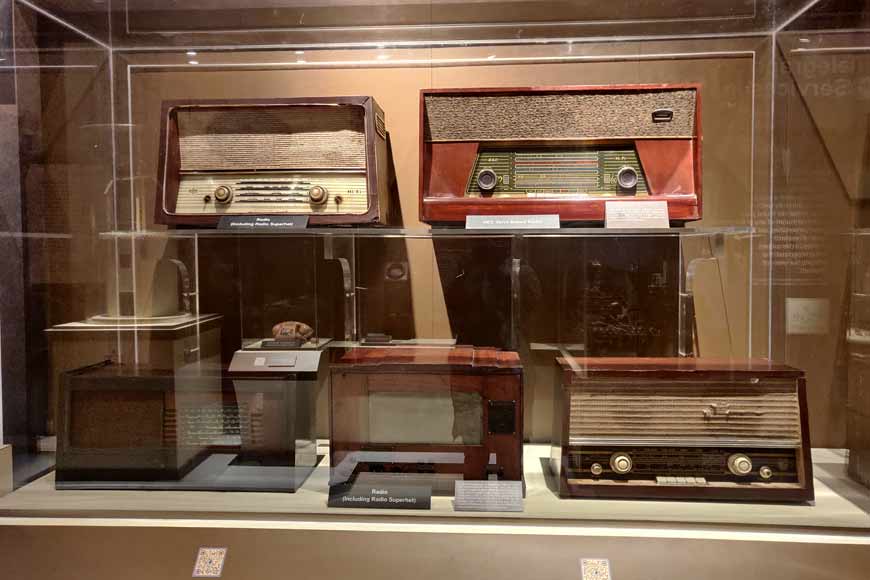
The gallery not only focuses on history and interactivity but also demonstrates instances of the impact on society. Visitors can get more information by scanning the QR code present on every artifact or can simply visit the provided link in the gallery. Visitors can also connect to the free wi-fi connection of “BITM”.
The gallery has live demonstrations of how the technologies work. Videos are played on loops for visitors to understand the essence of the mechanism which drives modern-day technology. Group demonstrations are also provided here.
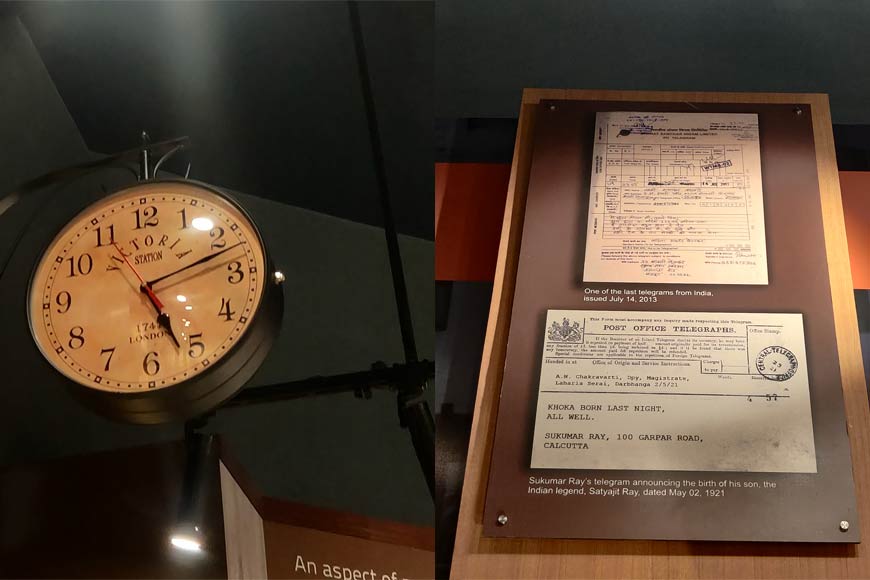
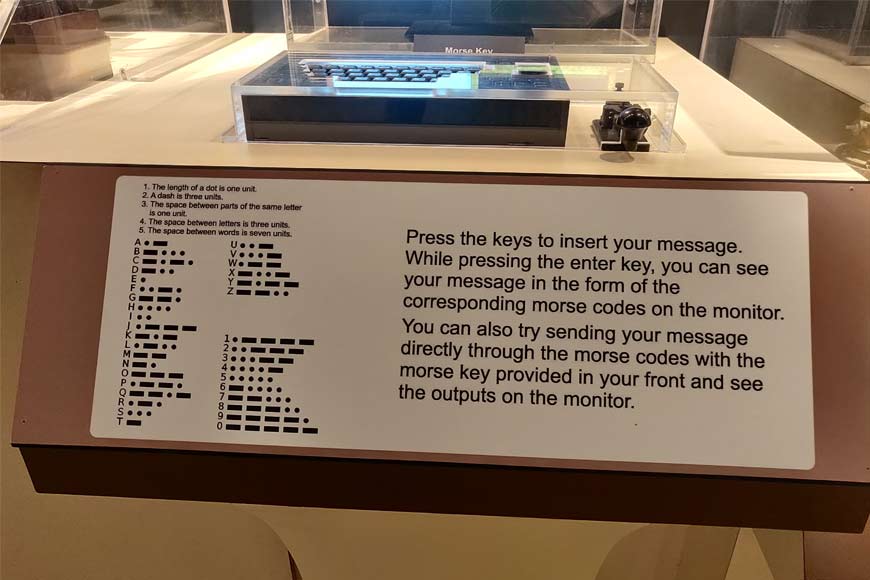 The gallery not only has scientific exhibits but related murals, artwork, and mannequins that make the space an amalgamation of both art and science which attracts more and more visitors. Especially, the kids are more drawn towards them as they have the world to explore and these are their stepping stones to help them grasp the concepts well with a bit of fun in it. Other than the new Vintage Voyage gallery, there are 9 other galleries, namely, Fascinating Physics Gallery, Transport Gallery, Motive Power Gallery, Mathematics Gallery, Life Sciences Gallery, Electricity Gallery, Children’s Gallery, Coal Mine, and World in Darkness. There are also cafeterias to get some refreshments.
The gallery not only has scientific exhibits but related murals, artwork, and mannequins that make the space an amalgamation of both art and science which attracts more and more visitors. Especially, the kids are more drawn towards them as they have the world to explore and these are their stepping stones to help them grasp the concepts well with a bit of fun in it. Other than the new Vintage Voyage gallery, there are 9 other galleries, namely, Fascinating Physics Gallery, Transport Gallery, Motive Power Gallery, Mathematics Gallery, Life Sciences Gallery, Electricity Gallery, Children’s Gallery, Coal Mine, and World in Darkness. There are also cafeterias to get some refreshments.
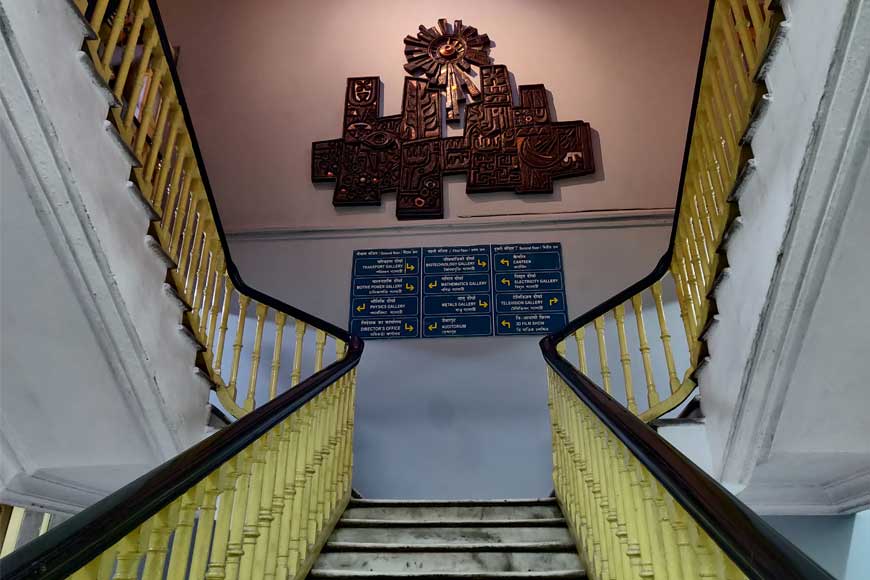
Birla Industrial and Technological Museum is open from 9:30 am to 6:00 pm during weekdays and from 10:30 am to 8:00 pm on weekends. The museum remains closed on Holi, Diwali, Dol Jatra and Kali puja. No separate charges are required.







